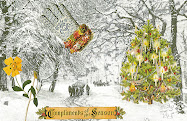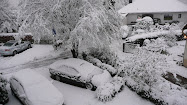It's the opening day for
Expo 2010 Shanghai China , the largest world's fair ever, with a logo from the Chinese character 世 ('world', Chinese "shì") modified to represent three people, with the 2010 date at their feet.
More than 70-100 million people are expected to visit Expo 2010, which runs through October 31, making it a high impact energy event, one that would require a heck of a lot of carbon offsets. In a promotional movie, Expo 2010 presents itself as "a magical world of sustainable development, as a world without traffic jams or pollution." That does, indeed, sound like magical thinking.
I guess it's much better than spending money and energy on war, which is what our world cultures tend to do. Still, there are many back stories involving displacement and exploitation, power moves of the first order.

You can see images of the rather ingenious pavilions at
Design Boom, including this Macau Pavilion, which takes the shape of a jade rabbit lantern. Designed by the Chinese firm Carlos Marreiros Architects (such a Chinese name!) this building is wrapped with a double-layer glass membrane, with fluorescent screens on its outer walls. Balloons serve as the head and tail of the "rabbit", which can be moved up and down to attract visitors.
The Macau Pavilion is constructed from recyclable materials, with solar power panels and rain collection systems. The design was inspired by rabbit lanterns popular during the mid-autumn festival in south China in ancient times. I have to say that while I find it to be in some ways "delightful" (and would love to see it in a Pixar movie), this construction reminds me more of a take-out container for some kind of fast food item. Not so sure about it as a livable or workable habitat – it's pretty sterile.

A good source for news about Expo 2010 has been
DW World DE Deutsche Welle, where there was a piece about a month ago about the last minute chaos of construction. Since 2000, 18,000 families have been evicted, often without compensation, to make way for the Expo, and historic sections of Shanghai have been razed. One result was the expansion of the Shanghai housing rights movement, which is largely led by women.
Another essay at Deutsche Welle, by social development expert Dr. Doris Fischer, considers some of the social ironies of an event on this scale. Fischer argues that "the challenges facing China's big cities are in some ways strikingly similar to topics and visions addressed by legendary science fiction silent film
Metropolis":
 The Expo is a global event, not only representing China. Still the motto seems to especially address the challenges posed by China's metropolis. Will the exhibition live up to the expectation of the motto? ["Better City, Better Life"] Or will we just see another futuristic view of cities, the beautiful part, blinding out the ”underground” workforce and machinery that may be needed to keep the wealthy and shiny part running?
The Expo is a global event, not only representing China. Still the motto seems to especially address the challenges posed by China's metropolis. Will the exhibition live up to the expectation of the motto? ["Better City, Better Life"] Or will we just see another futuristic view of cities, the beautiful part, blinding out the ”underground” workforce and machinery that may be needed to keep the wealthy and shiny part running?
Amnesty International has also reported on the emptiness of the motto "Better City, Better Life" to those housing activists who have been held in incommunicado detention for protesting eviction from their homes. You can
call for their release here: please do, especially before participating in any global utopian enthusiasm for Expo 2010.
 I am on the board of the Local Growers Guild, which met in our back yard this evening. I wonder how many other such groups exist across the United States?
I am on the board of the Local Growers Guild, which met in our back yard this evening. I wonder how many other such groups exist across the United States? 










































































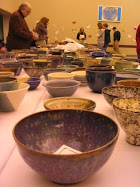




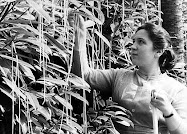


































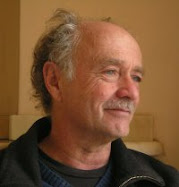











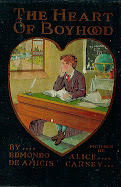
















































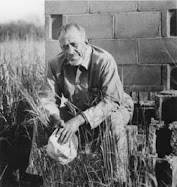









.jpg)














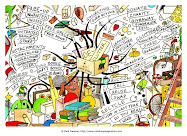






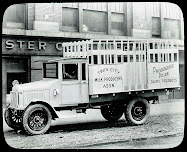





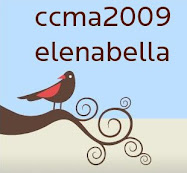




























































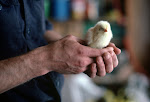
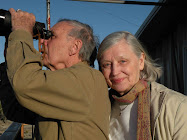















































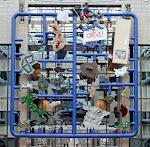.jpg)
















